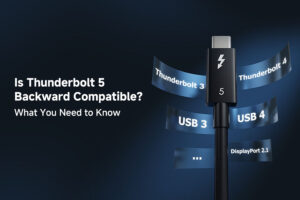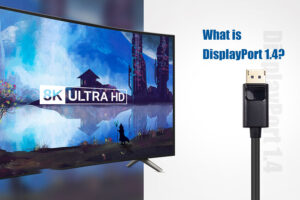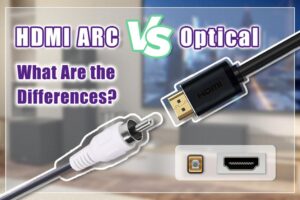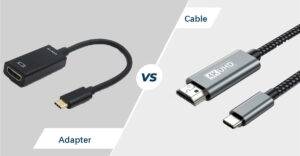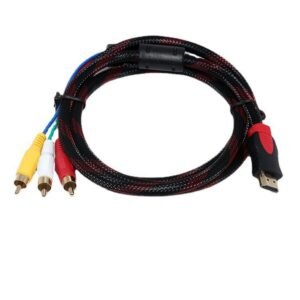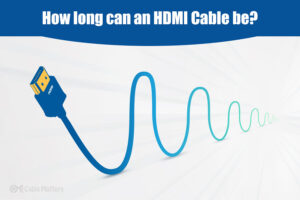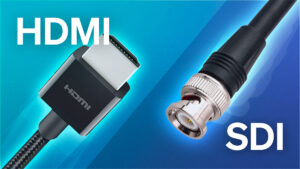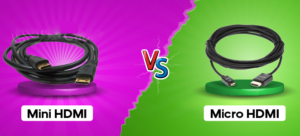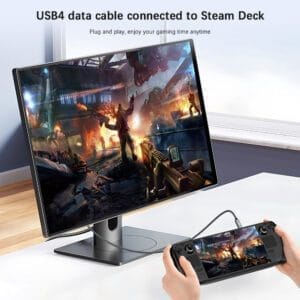
USB4: Der vollständige Leitfaden [2025]
Einführung USB4 ist die neueste Version des Universal Serial Bus (USB)-Standards und bringt erhebliche Verbesserungen bei der Datenübertragungsgeschwindigkeit, der Kompatibilität und der Funktionalität. In diesem Leitfaden werden wir die wichtigsten Merkmale von USB4, den Vergleich mit früheren Standards und die Anwendungen in verschiedenen Geräten untersuchen. Hauptmerkmale von USB4 1. hohe Datenübertragungsgeschwindigkeiten USB4 unterstützt Datenübertragungsraten von bis zu 40 Gbit/s, was eine erhebliche Verbesserung gegenüber früheren USB-Standards darstellt. Diese hohe Geschwindigkeit ermöglicht eine schnellere Datenübertragung für Anwendungen wie externe Speichergeräte, hochauflösende Displays und Hochleistungscomputer. Standard Maximale Datenübertragungsrate USB 2.0 480 Mbps USB 3.0 5

